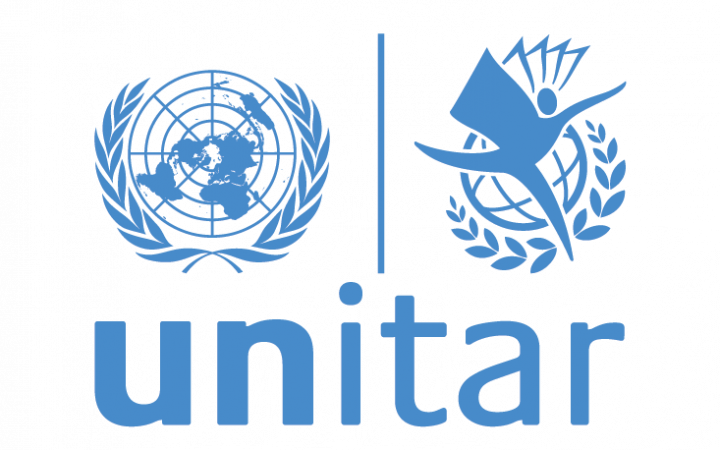Introduction to the Financial System Lessons
The full course includes
- Defining the Financial System
- Elements and Participants of the Financial System: Part 1
- Elements and Participants of the Financial System: Part 2
- The Financial System Overview
- Non-Financial Lenders and Borrowers
- Introduction to the Financial System: Summary
- Introduction to the Financial System: Quiz
Follow the interactions on each screen or click the arrows to navigate between lesson slides.
Course author
UNITAR

The United Nations Institute for Training and Research (UNITAR) is a dedicated training arm of the United Nations system.
Mobile first training
Gamified experience
Course overview
This UNITAR course defines the financial system and introduces the six elements that it is composed of. It also defines the financial entities that facilitate the flow of funds in the financial system and the four sectors of the economy that make up the non-financial lenders and borrowers. This course is for those interested or working in the financial sector. It is part of a UNITAR series on finance.
The full course includes
- Defining the Financial System
- Elements and Participants of the Financial System: Part 1
- Elements and Participants of the Financial System: Part 2
- The Financial System Overview
- Non-Financial Lenders and Borrowers
- Introduction to the Financial System: Summary
- Introduction to the Financial System: Quiz
Course Rating
Simple and helpful
It's great!
it was easy to understand
